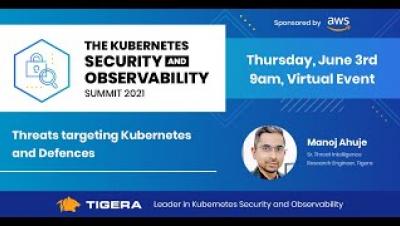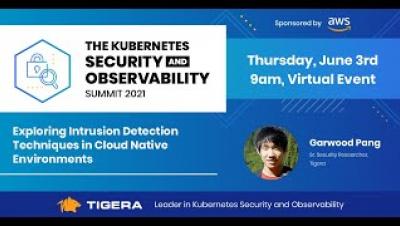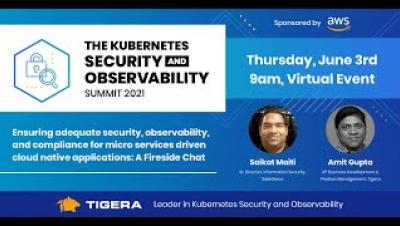Threats targeting Kubernetes and Defences
Attackers are continuously evolving their techniques to target Kubernetes. They are actively using Kubernetes and Docker functionality in addition to traditional attack surfaces to compromise, gain required privileges and add a backdoor entry to the clusters. A combination of Kubernetes security and observability tools is required to ensure the cloud infrastructure monitoring and lockdown and to enable DevSecOps teams with the right tools for the job.











